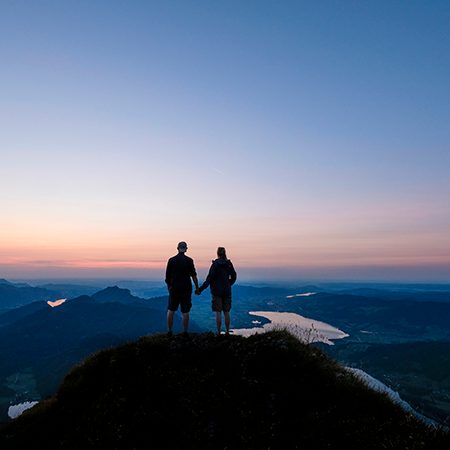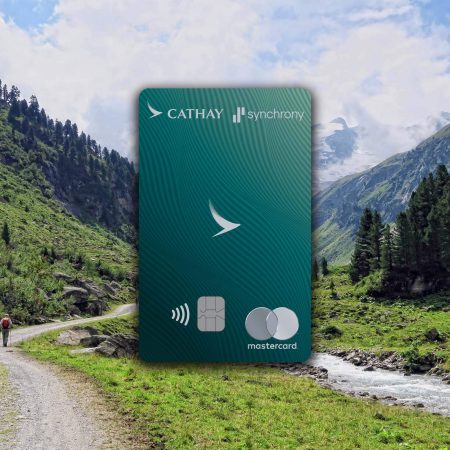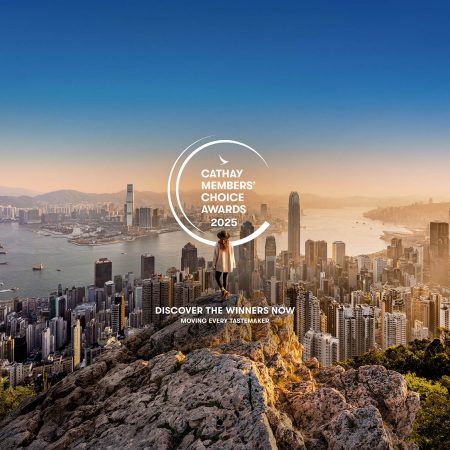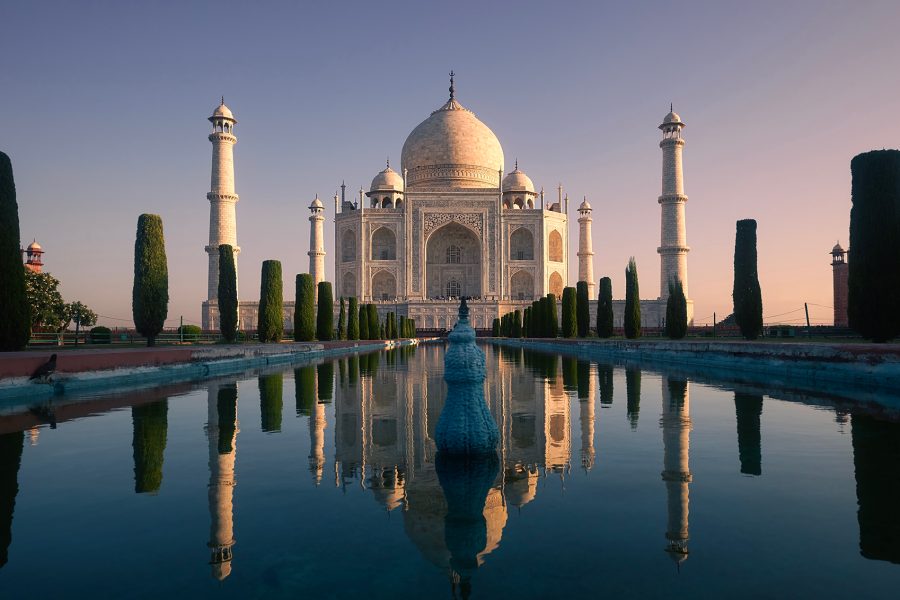"The cradle of the human race" – Mark Twain
"Where all the dreams of living men have found a home" – Romain Rolland
"Everything rendered in brilliant technicolour" – Keith Bellows
Summarising India is impossible, which is probably why so many people have said so many different things about the place. We do know that when you get inside India, India gets inside you.
I lived in India for three years – not a long time by many standards, but long enough for India to crawl inside my head and latch on tight. I’ll never forget that first cup of masala chai, pungent at first, addictive later. Or walking through the smells and colours of a spice market. Or moving from a cacophony of car horns and other traffic jam noises in Mumbai, to the placid calm of a rainy beach in Goa just three hours later.
It can be overwhelming and it can be frustrating. But India rewards the stayers. Here are my top places to visit if you’re in India any time soon.
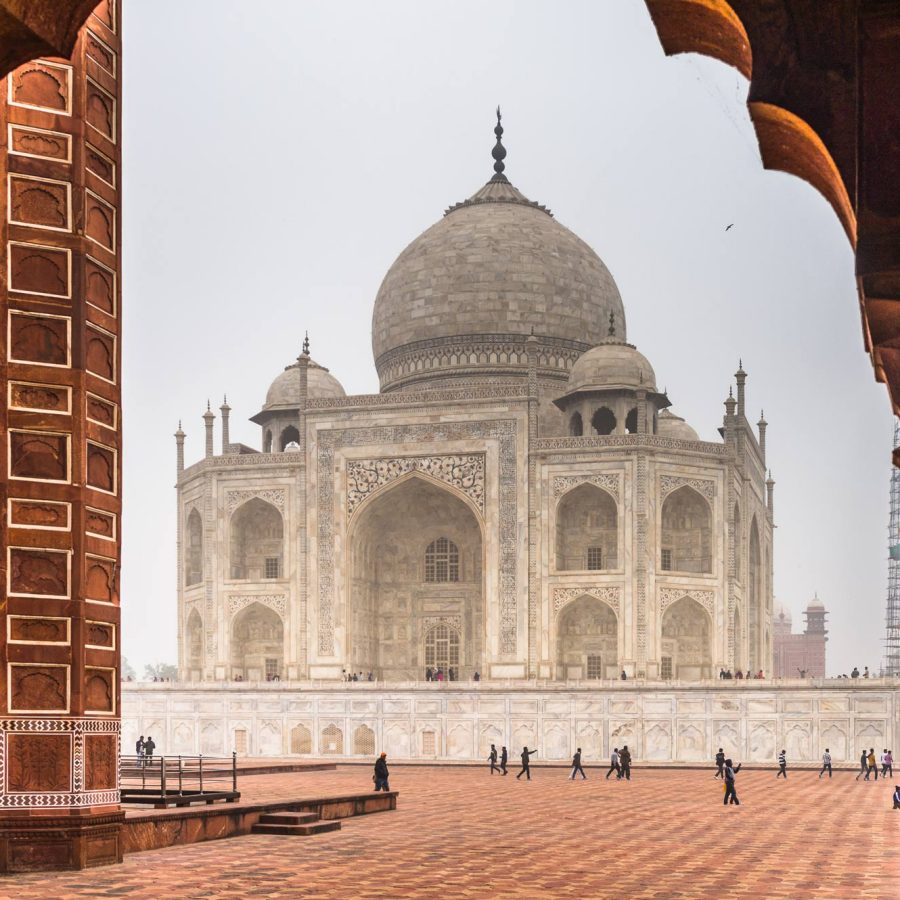
Credit: Shutterstock
Taj Mahal, Agra
It gets a lot of press, but India’s most famous monument lives up to the hype. This 17-century mausoleum and Unesco World Heritage Site could rightly top a list of great global landmarks, let alone one for the sub-continent. It was built by Mughal emporer Shah Jahan to house the tomb of one of his wives who died giving birth to their 14th child and due to the lack of surrounding buildings, always makes for a spectacular vision against the sky.
Top tip: Go early in the morning a) to beat the crowds and b) to see it at sunrise.
Top tip #2: In the evening head to the river at the back for a calm, sunset view.
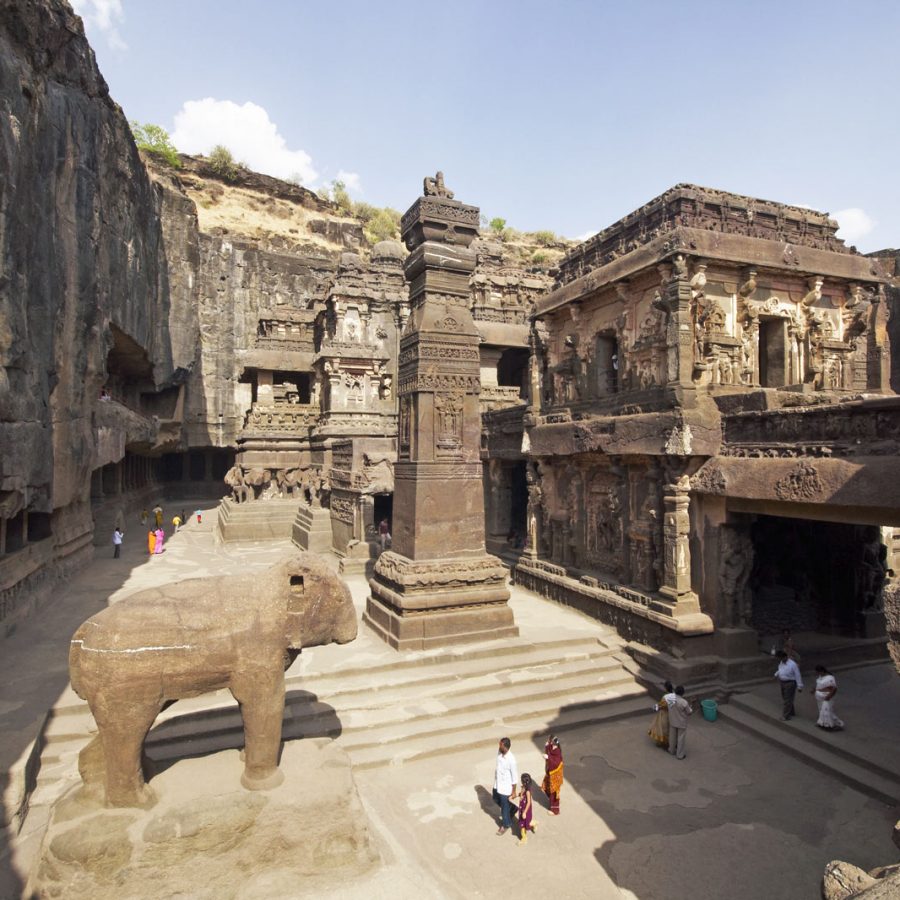
Credit: Shutterstock
Ellora Caves
About 300 kilometers from Mumbai, the Ellora caves are one of the world’s biggest examples of rock-cut temples and monasteries. Cut into a huge cliff of basalt rock over the course of centuries, from 600-1000 AD, the complex runs 2 kilometres long and features monuments and artwork from Hindu, Buddhist and Jain perspectives.
Top tip: Go during monsoon (June to September) to see the caves against a backdrop of lush vegetation and streams.

Credit: Getty Images
Qtub Minar, New Delhi
This 72-meter tower (the tallest brick minaret in the world) in the south of New Delhi really comes to life when you know the history of the man who built it. Qutab-ud-din Aibak was the first Muslim ruler of Delhi after he took the city from its Hindu rulers in 1192. As a child, Aibak was a slave and taken to Persia where he landed in the house of Muhammad of Ghor, the man credited with starting Muslim rule in India. Muhammad made Aibak a master slave and later, a general in his army. Having conquered Delhi, Muhammad returned home and left Aibak to rule the north-west of India. When Muhammad was assassinated, Aibak became his successor and built the Qtub Minar as a monument to his achievements. He was only able to finish the base before he died after a riding accident, but his successors completed the four remaining storeys.
Top tip: Grab one of the audio guide headsets on entering the complex to get even more immersed in the history of the place.
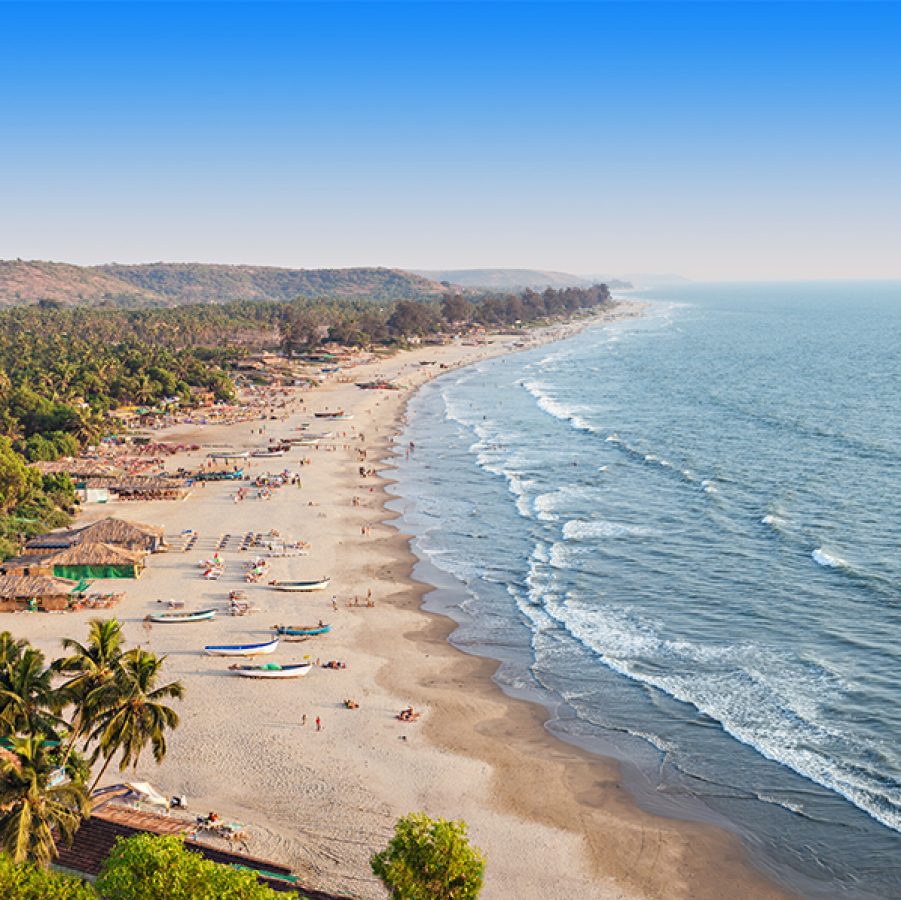
Credit: Getty Images
Beaches of Goa
I lumped all of Goa’s beaches together because it’s nearly impossible to find a bad one – they’re all similarly memorable. But they do differ in tone. North Goa beaches tend to be busier and more built up, with beach areas like Baga and Calangute attracting crowds of fun-loving party-goers. South Goa is quieter, better for those perfect postcard shots, such as at Palolem, with its palm-fringed crescent of sand.
Top tip: Go during monsoon (June to September), when you may get rained on, but it’s cheaper, the beaches are nearly empty and the inland countryside bursts into life, showing off Goa’s other top feature: its natural wildlife.
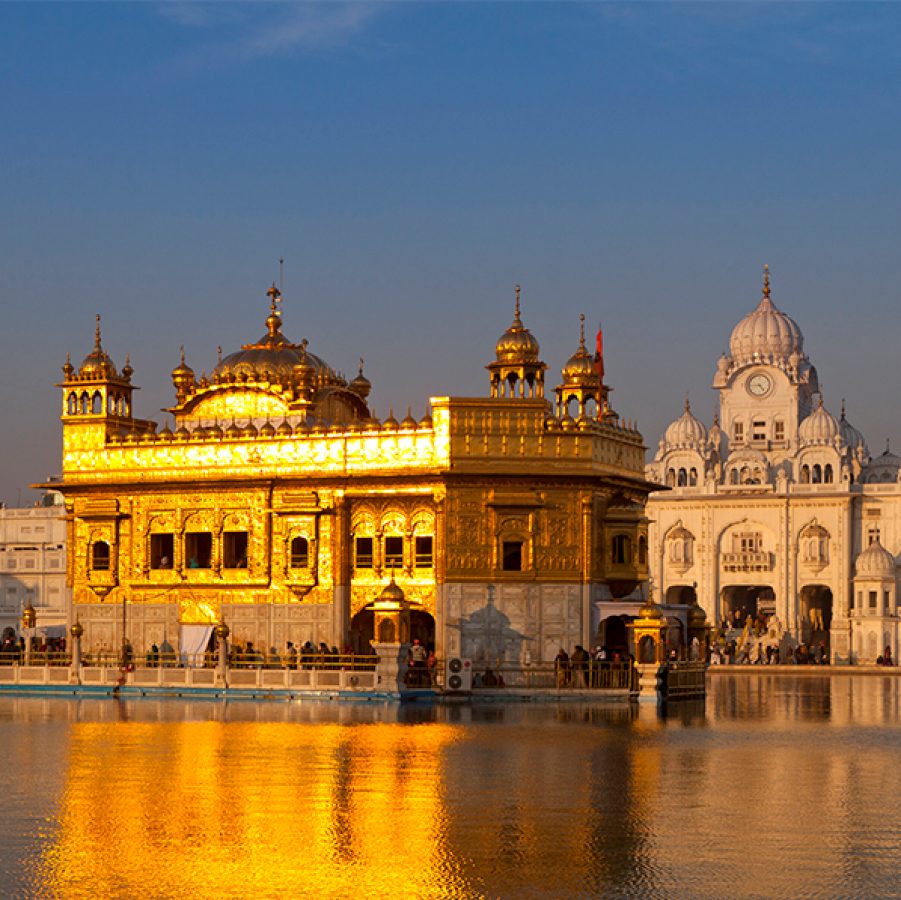
Credit: Getty Images
Golden Temple, Amritsar
The most important shrine in Sikhism is also a monument to the principles of that religion: equality and community service. The four doors to enter the shrine represent the idea that all walks of life are welcome here, and it gives out thousands of free meals every day (sometimes up to 100,000 on a festival day) in what is thought to be the world’s biggest langar, or communal kitchen. The shrine iself is beautifully ornate inside while musicians singing from the Guru Granth Sahib – the Sikh holy book – create an enchanting ambience.
Top tip: Don’t forget to take in the lake surrounding the shrine too; this is where pilgrims bathe in the hope these holy waters will cure their ills.
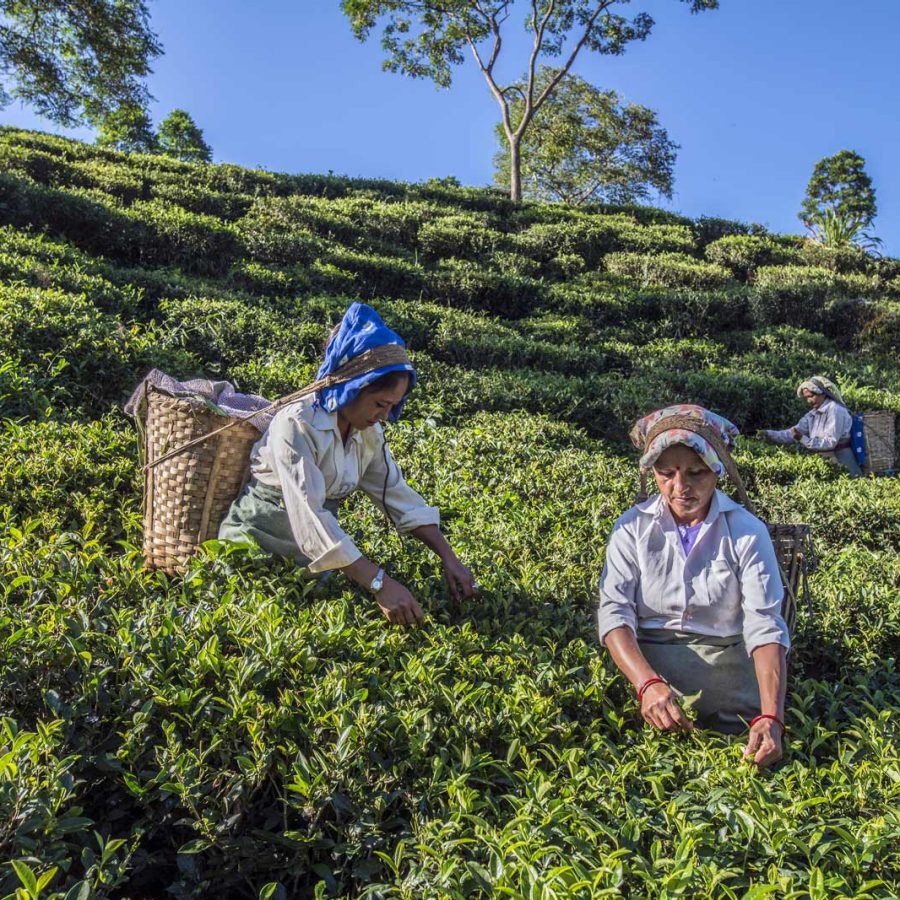
Credit: Alamy
Tea fields of Darjeeling
The world’s most popular drink has branched out into tourism. The Darjeeling district in West Bengal has produced the Champagne of teas for decades, and much like that grape-based region, various tea estates now offer tours and trips behind the scenes. There are 87 tea estates, or tea gardens, accredited by the Tea Board of India, and many allow you to stay in bungalows on their estates and offer sightseeing tours through the Darjeeling hills and workshops and acitivies on site.
Top tip: Only buy from accredited Darjeeling producers showing the Darjeeling logo; the trade in fake Darjeeling tea is estimated to be three times that of the real stuff.
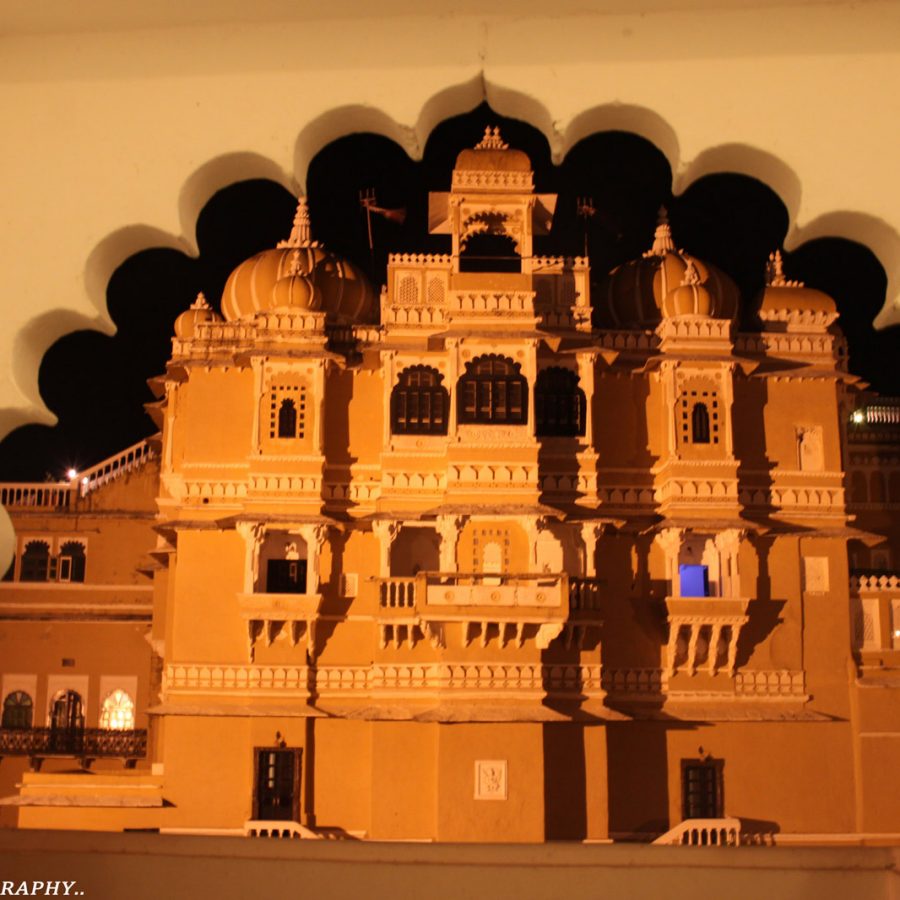
Credit: Nakul's Photography
Rajasthan’s heritage hotels
Arguably India’s most photogenic state, Rajasthan is well known for its forts and palaces, built over centuries as Maharajas fought for dominance. And these great kings (Rajasthan means ‘Land of Kings’) didn’t do things by half; their homes were designed to flaunt. But in 1947 when all the region’s ‘princely states’ were absorbed into the Union of India during independence, these royals lost their land and their income, and many turned to hospitality. From the Laxmi Niwas Palace in Bikaner – a red sandstone colossus – to the snaking, twisting, undulating Deogarh Mahal in Deogarh, we all now have a chance to live like kings, at least for a few days.
Top tip: Seek out palace hotels built by the Maharajah’s vassals rather than the kings themselves; they’re more intimate, less modernised, and you can often meet the owners to hear stories of their past glories.
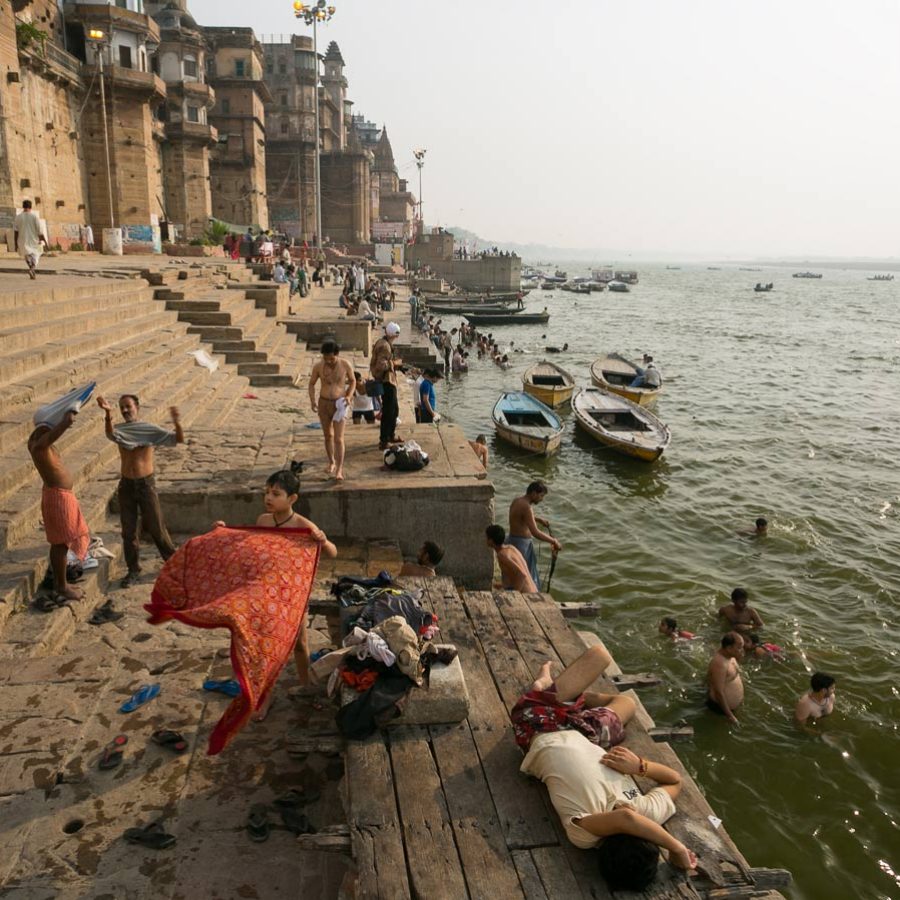
Credit: Getty Images
Varanasi
Often cited as the spiritual home of India, Varanasi is a chaotic heap of temples, universities, alleyways, cows, pilgrims and myths and legends, all squatting against the River Ganges’ west bank. It’s said to be one of the oldest cities in the world, at least 2,500 years of continuous habitation, possibly as much as 10,000 years if some stories are to be believed. People come here to bathe in the sacred waters of the river, others come here to die; according to legend those cremated in the ghats by the river will be free of the cycle of death and rebirth and achieve enlightenment.
Top tip: The ceremonial cremations by the river are an amazing sight, but don’t be tempted to bathe in the water – pollution levels are extremely high.
More inspiration
- China – the Chinese Mainland, Hong Kong SAR, Macao SAR and Taiwan Region
- Hong Kong SAR - English
- Chinese Mainland (China) - English
- Taiwan, China - English
- 香港特別行政區 - 繁體中文
- 中国內地 - 简体中文
- 中國台灣 - 繁體中文
- Africa
- South Africa - English
- Americas
- Canada - English
- Canada - Français
- United States - English
- Asia
- Bangladesh - English
- Korea - English
- Singapore - English
- Cambodia - English
- 한국 - 한국어
- Sri Lanka - English
- India - English
- Malaysia - English
- Thailand - English
- Indonesia - English
- Maldives - English
- ประเทศไทย - ภาษาไทย
- Indonesia - Bahasa Indonesia
- Myanmar - English
- Vietnam - English
- Japan - English
- Nepal - English
- Việt Nam - tiếng Việt
- 日本 - 日本語
- Philippines - English
- Australasia
- Australia - English
- New Zealand - English
